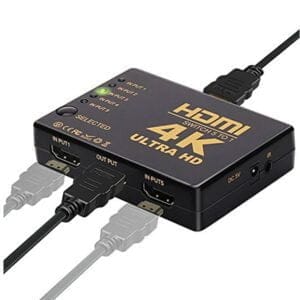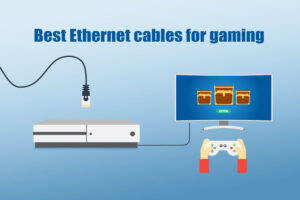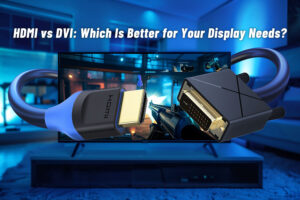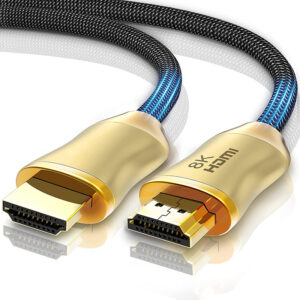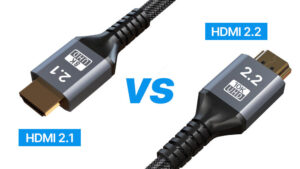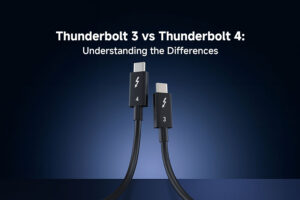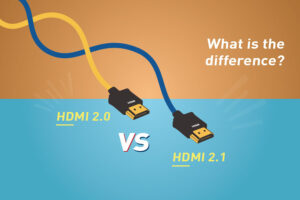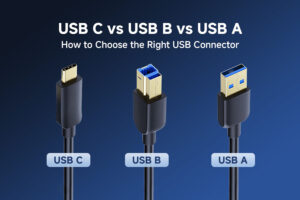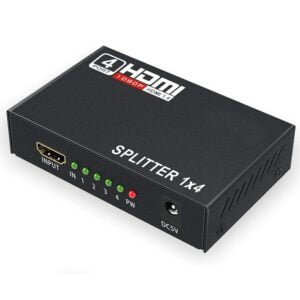
HDMI Splitter Buying Guide: For 4K/8K/HDR Fans
In the ever-evolving world of home entertainment, having a top-notch HDMI splitter is crucial for 4K, 8K, and HDR enthusiasts. These devices let you send a single HDMI source signal to multiple displays, which is great for creating a multi-screen setup or sharing content in different rooms. But with so many options on the market, how do you pick the perfect one for your needs? This guide will walk you through all the key factors to consider. 1. Understand Your Requirements Before diving into the technical details, think about how you’ll use the HDMI splitter. Number of Outputs: Consider how many displays you want


